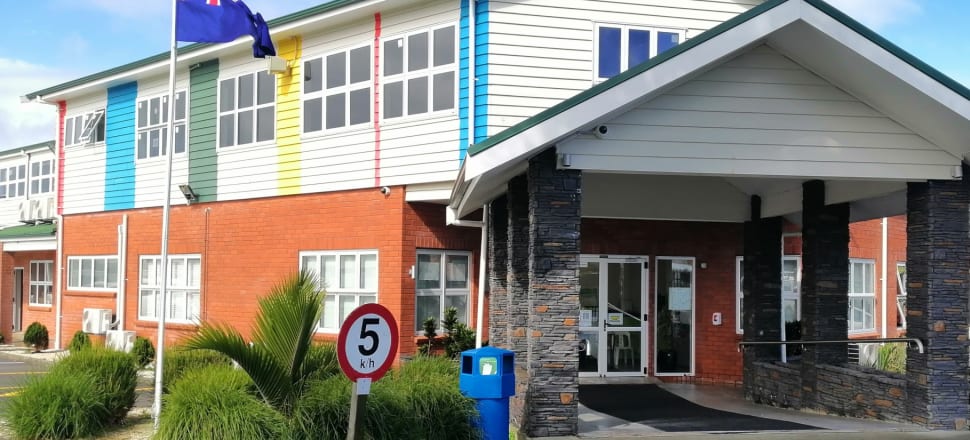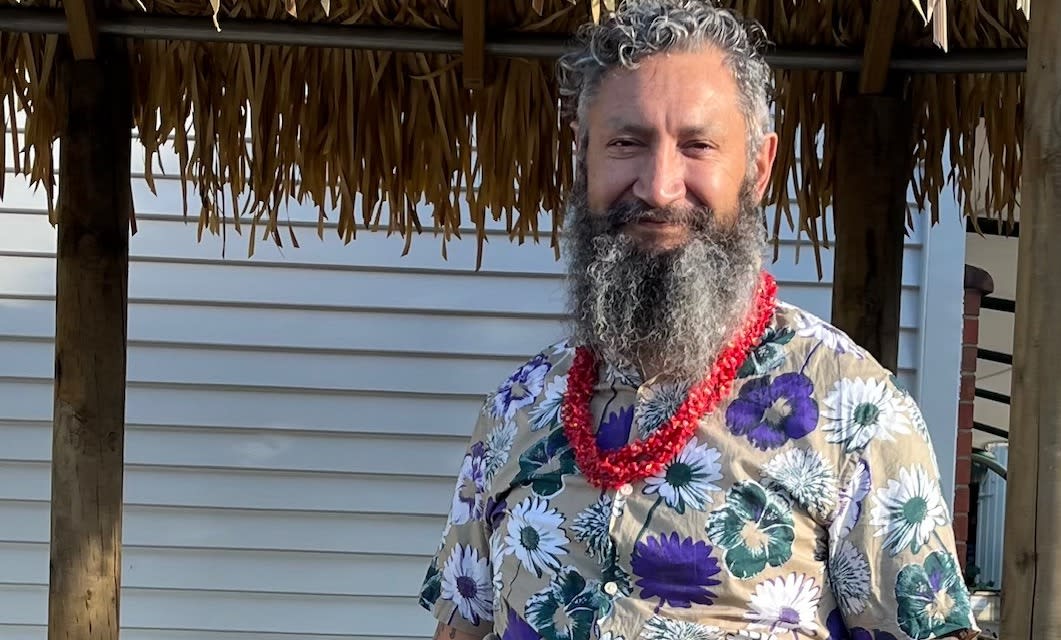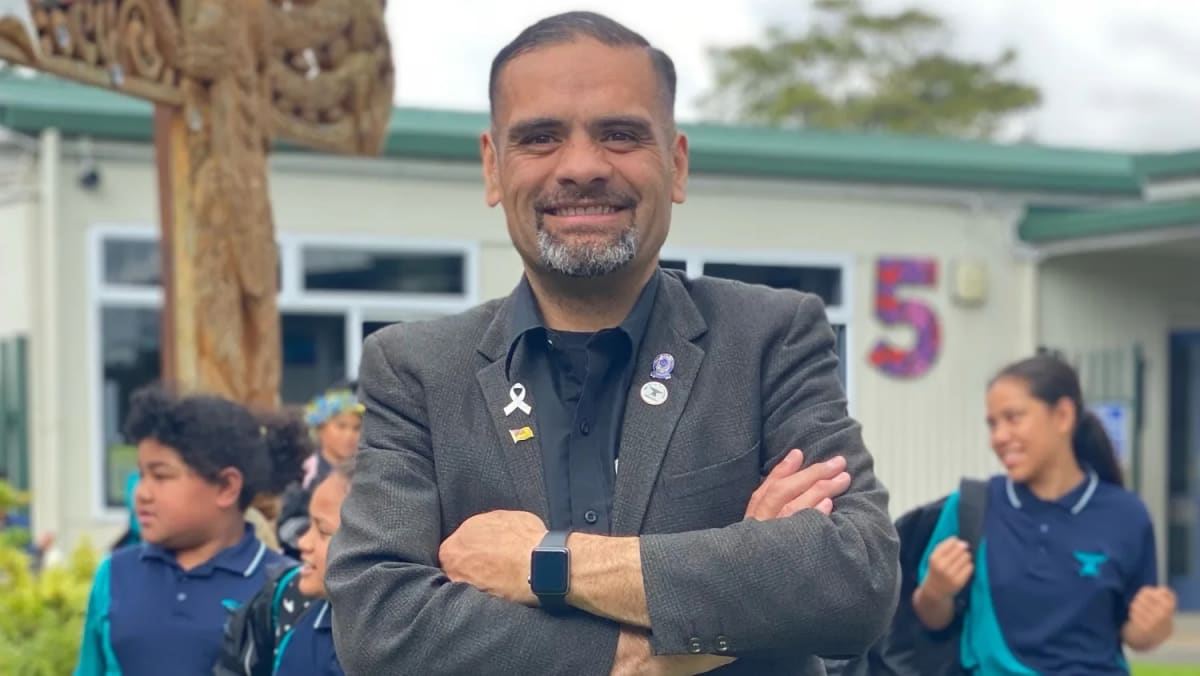
Principals are preparing to challenge the disproportionate adverse impact of the new equity funding on low socioeconomic schools in Pasifika and minority communities
Al-Madinah School faces a $230,000 drop in its funding entitlement – a cut that principals say is the most severe documented.
The integrated faith school's commissioner, Bruce Adin, says the school's funding is going from decile 2 to the equivalent of decile 7 or 8. "Now, if you did that, you'd lose a whole lot of funding. And that's what's happened."
The school may yet seek a review – but it's not complaining. "We're going from one system to another, the Government's making it as easy as we can to transition, but we still have to transition. And what that's going to mean for the operation of the school, I just don't know yet. We are going to have to take a hit, and we will just have to plan accordingly."
His response is more even-tempered than some other school leaders who describe their new funding as "ridiculous" (Papatoetoe North), "punishing" (Rowandale), "extremely disappointing" (De La Salle), and "woefully inadequate" (Blockhouse Bay).
Commissioners are appointed to schools in difficulty, when a board resigns or is dissolved. Bruce Adin was a primary school principal at the low-decile Fairburn School in Ōtāhuhu, before working 11 years as regional manager of the Ministry of Education.
Newsroom has spoken with Adin and with the school's principal, Asin Ali. Ali remembers opening Al-Madinah in a basement, up the road from the big Fairburn School. Now they work together closely.
"They can bloody well live in a house with 15 people, one toilet, one bathroom and one kitchen and see how they get on with it. They want to live that life first before they start spouting about it. It makes me furious, discounting the impact of things like crowding." – Stan Tiatia, Papatoetoe North school
Adin is the ministry-appointed commissioner of three schools: Al-Madinah in Māngere, Matipo Road School on Te Atatū Peninsula, and Helensville Primary School in north-west Auckland. They will all be affected by the reduction in teaching staffing. But their Equity Index outcomes are starkly different: while Al-Madinah is losing funding, both the west Auckland schools will be better off.
They're not alone: funding in west Auckland has increased by $63.83 per pupil, on average, and principals say some of the big west Auckland colleges such as Waitākere and Massey have gained up to half a million dollars. Funding is also up in south Auckland ($70.47 per pupil) but it's uneven; in south-western suburbs such as Onehunga, Maungakiekie, Māngere, Ōtāhuhu and Papatoetoe it's down an average $63.69 per pupil.
There are 152 schools in the Auckland region who will receive less funding than they would otherwise have as a result of the changes to the Equity Index and Isolation Index. The other adversely affected schools are in Tai Tokerau (4), Waikato (10), Bay of Plenty-Waiariki (7), Hawke's Bay (25), Taranaki-Whanganui-Manawatū (8), Wellington (22), Nelson-Marlborough (23), Canterbury (12), and Otago-Southland (6).

The Pasifika Principals Association has been collating the impact on its members' schools, which were mostly low-decile under the old system. It shows some are losing six figures in annual operational funding, and some are losing as many as five full-time-equivalent teaching positions.
Now, it emerges school principals' belief in the need for more funding to cushion the impact was shared by Treasury officials. As early as August 2021 when the funding system was being designed, the Treasury's education officials advised the total school education Budget for 2022 should be more than the $2 billion at which Finance Minister Grant Robertson had capped it – and that would include the full Equity Index.
Then in March this year, the same officials reiterated their point: the increase in equity funding should be $100m a year, instead of $75m, working out at an additional $84m over four years. This could be done by reducing the general schools’ operational grant cost adjustment to 1.5 percent.
"Sometimes it feels like the funding now has been moved from the poor kids to – no, I can't say that...." – Karl Vasau, Rowandale school
The political problem was, this solution would provide less additional funding to more affluent schools. "This change would strengthen the package by directing more funding to schools facing disadvantage, as opposed to funding a larger across-the-board inflationary increase that would also benefit schools facing lower disadvantage," the officials advised Robertson.
"This targeted approach would have stronger value for money, better impacts on wellbeing and educational outcomes, and better impacts for Māori and Pacific students. However, it would also direct less funding to schools facing low disadvantage, who are still facing inflationary pressures."
The principals are furious. At Papatoetoe North School, which is losing $57,000 funding in the equity changes, as well as 1.1 fulltime equivalent teaching positions, principal Stan Tiatia says ministry officials need a short, sharp dose of reality. "They can bloody well live in a house with 15 people, one toilet, one bathroom and one kitchen and see how they get on with it," he tells Newsroom. "They want to live that life first before they start spouting about it. It makes me furious, discounting the impact of things like crowding.

"Our kids won't have the in-class support that they need. We're struggling, even more so because of Covid – my achievement rates are ridiculously low. And this is the sort of support that we would use to help with equity."
Further south at Rowandale School in Manurewa, principal Karl Vasau faces the loss of $104,000 in operational funding because the ministry forecasts his roll will drop. He'll also get three fewer teachers. He says the school, like many others, just needs more time to bring back the kids who disappeared during lockdowns. "Sometimes it feels like the funding now has been moved from the poor kids to – no, I can't say that ..."
The Government will cushion the impact of the equity funding cuts by nearly $8m over the next four years – the ministry will absorb the entire impact in 2023, and anything beyond 5 percent of the school's total operational grant in the subsequent three years.
But that means that for most schools, they will be left covering the entire reduction from 2024. Newsroom had already surveyed principals in July/August: they asked that the Government extend the cushion until their rolls caught up with their new funding entitlement.
That's received short shrift from the ministry: "Some of those schools' rolls will never catch up," Education Deputy Secretary Sean Teddy tells Newsroom this month. "Some of those schools that are worse off, they may be schools where the population is shrinking, and so the roll wouldn't catch up.
The buffer period was longer than for other funding changes. "We looked at different transition arrangements. And this one, for the schools most affected, flows out roughly over twice the time period that a typical decile change would," he said.
"Our regional teams will be out to support those schools, and to help them plan their way through that change. It's really about giving them a sensible period to adjust, and weighing that versus how much overall money we're putting into the system – because obviously, whenever we do transition arrangements, that costs money as well."
The decile funding system was outdated in many respects – most obviously that 2022 funding was still based on socioeconomic measures of the school's community at the 2013 census. But in addition, the ministry points to two substantial problems with the decile funding system that made it even less reliable in bigger urban areas such as Auckland.
It measured communities' poverty or affluence by only five metrics, and one was crowding in homes. But the clunky manner in which the decile funding system counted things such as crowding, meant the deprivation of some Auckland communities had been over-estimated.
"It’s not always the case that these are families with socioeconomic barriers," said ministry group manager John Brooker. "In a city like Auckland, sharing bedrooms is common. When this was overlaid with income data, we found that household crowding was sometimes seen in areas where a relatively small proportion of households have low incomes."
In Auckland, there were also many families who chose to send their kids to schools across town, away from their local communities and local schools – so again, decile funding had sometimes painted an erroneous picture of the pupils who actually attended their local school. "The Equity Index is based on the circumstances of the learners actually attending each school so more accurately captures the socioeconomic barriers they are facing."
That was exacerbated for integrated schools where many students came from outside the geographic area – schools such as Al-Madinah. At such schools, the decile funding measures may paint a misleading picture of the school community as more impoverished than it is – thereby boosting its funding under the old decile system.
Bruce Adin acknowledges that: "While most of them are within close proximity in school, there is a significant number that come from all over the place. And that's because you don't have a zone, although you have a maximum roll."
Adin was on some of the working parties that set in place the decile system in the 1990s. "It was groundbreaking for its time," he says. "It was one of the first in the world that actually recognised that social disadvantage had a significant educational impact ... But it has come to a point where we needed something that was more refined, that was more accurate."
"What really used to get me upset was the number of times that I came across people, usually not in education, who used the decile ranking system for purposes that it was never designed for. I'd go to house auctions and I'd hear the auctioneer talking about the high decile schools in the area. 'These are the schools you want your kids to go to, because they are the best schools.'
"They used it as a proxy for quality. And it never was that, and never will be that. That used to make me quite cross. That's just an abuse of the system, quite frankly."
He's not complaining about the transitional arrangements – he says there's more time to plan than usual, with funding cuts. And the integrity of the new equity funding is a dramatic improvement, he says, measuring schools' actual students against 37 metrics every year.
"It's not as blunt a tool as the old deciles," he says. "This is a much more precise tool, so it should give a more accurate picture. But the principle's the same. It recognises the principle that social factors, that cause deprivation, do have an educational impact. And in blunt terms, it makes the school's job harder. And therefore they need to be given some assistance so that they can do their job."
So why are the results so different for schools such as Al-Madinah? "Maybe we didn't have an accurate picture beforehand. The decile funding was based on the census nine years ago. That's virtually the entire education career of a student."







